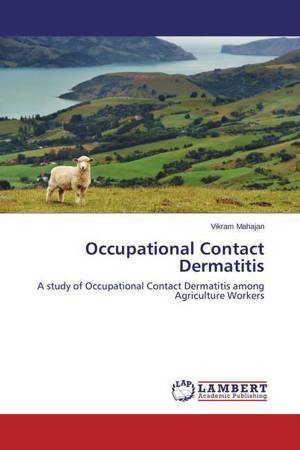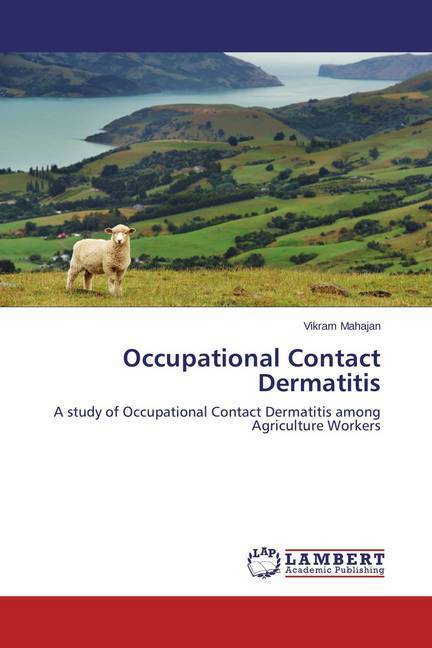
- Afhalen na 1 uur in een winkel met voorraad
- Gratis thuislevering in België vanaf € 30
- Ruim aanbod met 7 miljoen producten
- Afhalen na 1 uur in een winkel met voorraad
- Gratis thuislevering in België vanaf € 30
- Ruim aanbod met 7 miljoen producten
Zoeken
Occupational Contact Dermatitis
A study of Occupational Contact Dermatitis among Agriculture Workers
Vikram Mahajan
Paperback | Engels
€ 37,95
+ 75 punten
Omschrijving
Farming is as complex as many other industries and account for 4% off all occupationally related skin diseases. Exposure to contactants can occur through out agriculture related work that includes clearing weeds, tilling of soil, planting, fertilizing, cultivating, harvesting, using pesticides, feeding and caring livestock, handling machinery and farm equipments. With steep rise in population, there has been increased thrust on agriculture in India. However, precise data of allergens causing contact dermatitis in agriculture workers, particularly in India, remains un-elucidated. We studied the occurrence of contact dermatitis due to common weeds, crops and fodder material in agriculture workers. The commonest clinical patterns of contact dermatitis were airborne contact dermatitis, localized contact dermatitis and photosensitive contact dermatitis. Weeds like Parthenium hysterophorus and Xanthium strumarium with their ubiquitous presence remained the commonest allergens among this cohort as well. Crops like wheat, paddy, maize and fodders like mustard oil-cakes, Trifolium alexandrium, cottonseeds, wheat straw husk, and paddy straw were not significant cause of contact dermatitis.
Specificaties
Betrokkenen
- Auteur(s):
- Uitgeverij:
Inhoud
- Aantal bladzijden:
- 80
- Taal:
- Engels
Eigenschappen
- Productcode (EAN):
- 9783659641985
- Verschijningsdatum:
- 20/03/2015
- Uitvoering:
- Paperback
- Afmetingen:
- 150 mm x 220 mm
- Gewicht:
- 127 g

Alleen bij Standaard Boekhandel
+ 75 punten op je klantenkaart van Standaard Boekhandel
Beoordelingen
We publiceren alleen reviews die voldoen aan de voorwaarden voor reviews. Bekijk onze voorwaarden voor reviews.








